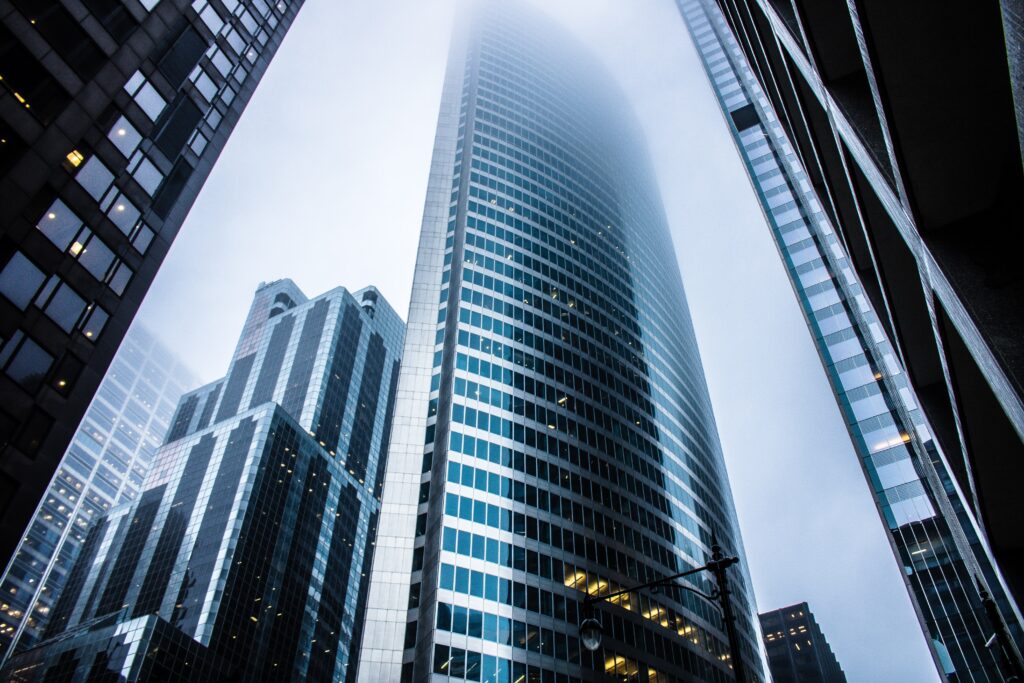SMART CITIES
Smart cities are rapidly emerging from the implementation of digital technologies and as a new phase of development after industrialization, urbanization and formatting, Smart Cities will bring new ideas and create opportunities to improve the lives of citizens.
The development of Smart Cities is characterized by an evolution not a revolution and to date there have been three distinct phases and advanced cities have now entered phase 3.0.
- In Phase 1.0, e-government services enabled residents and organisations to access information and online services.
- In phase 2.0, citizens adopted mobile Internet applications to manage government affairs and social activities.
- In phase 3.0, the Internet of Things (Iot) is at the basis of the Smart Cities and digital technologies are integrated with the governance of the city to improve management capabilities through mass data mining. This phase will allow the sustainable development of the city.
In Phase 3.0, Huawei is helping governments and municipalities in the city to simplify and converge management data, Internet data and, more importantly, Iot data. This allows customers to fully analyse and process critical data to explore innovative services and realise a new value for citizens.
The Smart City platform offers service innovation based on the coordination of the city’s main resources. Huawei is the leader of this concept by building a digital platform that integrates Iot maps, Big Data, Geographic Information System (GIS), video cloud and converged communication resources to enable a Smart City.
The platform allows governments/municipalities to share and use basic resources and opens these resources to ecosystem partners to support innovation in city governance, for example in smart parking, water measurement and utilities, in lighting, traffic management and more.
Iot improves city service capabilities
As one of the world’s leading emerging strategic industries, the Internet of Things (Iot ) not only facilitates the transformation and upgrading of industrial facilities, but it also serves as an important foundation for the implementation of refined governance and intelligent services in cities.
In recent years, the reduction of Iot construction costs and continuous improvements to new technologies and products (such as the Iot, Low Power Wide Area Network (LPWAN)edge computing and narrowband and broadband convergence have dramatically changed the means of Iot construction and application. The new construction and new Iot applications feature “broadband and narrowband convergence network infrastructures” and “an ecosystem with various technologies, diverse entities and multi-level applications”.
Iot has spread to various fields in cities, not only does it increase the intelligence of urban structures such as buildings, bridges, roads, pipeline networks, lamp posts and parking areas, but it also automatically detects their operating status and integrates further with traditional industries to develop new Smart City business strategies, such as smart tourism and smart business communities. This improves transmission, management, and service capabilities of all-time space domains in cities.
Shenzhen Smart City Forum 2019 with international friendly cities
The Shenzhen Smart City Forum 2019 with International Cities of Friendship was held from 14 to 15 May 2019. Un-habitat (United Nations Human Settlements Programme), representatives of cities, experts and global scholars with advanced experience in smart cities, and companies that provide cutting-edge technologies, solutions and practices such as Huawei, were present for an open discussion on smart cities.
The urban development trend of Smart Cities creates a favourable environment for the development of industry, businesses, and residents. As smart cities have become a global consensus, city managers around the world have begun to explore digital transformation to create smarter and safer communities.
Smart City of Tianjin improves economies and lives
Another example of smart city is the TEDA solution (Tianjin economic-development area) which currently involves four customer intelligence platforms that interact closely with the CIO to provide intelligent services:
- Residents’ voices: voice recognition and semantic analysis technologies allow city managers to understand the voice of each resident to obtain information about their needs.
- Care for residents: Deep learning and correlation analysis is used throughout the service life cycle to generate customized resources for residents; therefore, the platform intelligently enables a full range of services throughout the life of each resident.
- City detection: image recognition and correlation analysis are used to explore relationships between people, places, and things to promote a harmonious order for all.
- Business Services: Multidimensional correlation analysis helps clarify internal sector relations in the TEDA district to accurately match the availability of service resources throughout the entire business life cycle.
In the future, Huawei hopes to develop smarter platforms using AI technologies, whose goals include creating more customized Smart City applications to continuously improve happiness indices for residents of the new area of Tianjin Binhai.
DEMIX group is already collaborating with Huawei to open the second HAINA (Huawei Authorized Information and Network Academy) in Italy, thanks to the support of Bob Zonneveld, international partner of DEMIX, as well as Service Sales Director of Huawei west Europe.
Our future project is also to collaborate with the Chinese multinational in the organization of events and promotional conferences of Huawei technologies, with the aim of identifying potential partners on the Italian market, who will have the pleasure to visit together with Eng. Manenti and Bob, the headquarters of Huawei in Shenzhen, a smart city created and developed with their innovations.
Sources:
- https://e.huawei.com/en/publications/global/ict_insights/201806041630/commentary/201807131639
Leader in the new ICT: Creation of a smart city “nervous system”, by Yan Lida, Chairman, Enterprise Business Group, Huawei Technologies Co., Ltd.
- https://e.huawei.com/it/publications/global/ict_insights/201806041630/focus/201808170835
Iot City: the central nerve of a fully connected city, of Li Jinhui, Direttore, Smart City Iot Business Department, Enterprise Business Group, Huawei Technologies Co., Ltd.
- https://e.huawei.com/topic/shenzhen-smart-city-forum2019/en/index.html? ic_medium=hwdc&ic_source=industry_bannerSM_EBGHQ197121L&source=isbanner
Forum of Shenzhen Smart City 2019 with con the international cities.
- https://e.huawei.com/it/publications/global/ict_insights/201806041630/features/201808131508. The Smart City of Tianjin improves the economies and lives of Shang Guosheng, head of the People’s Government, Tianjin Binhai New Area, Cina.

